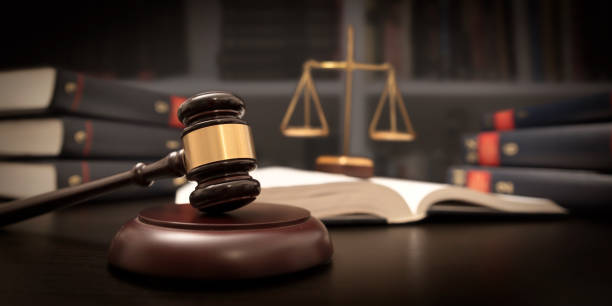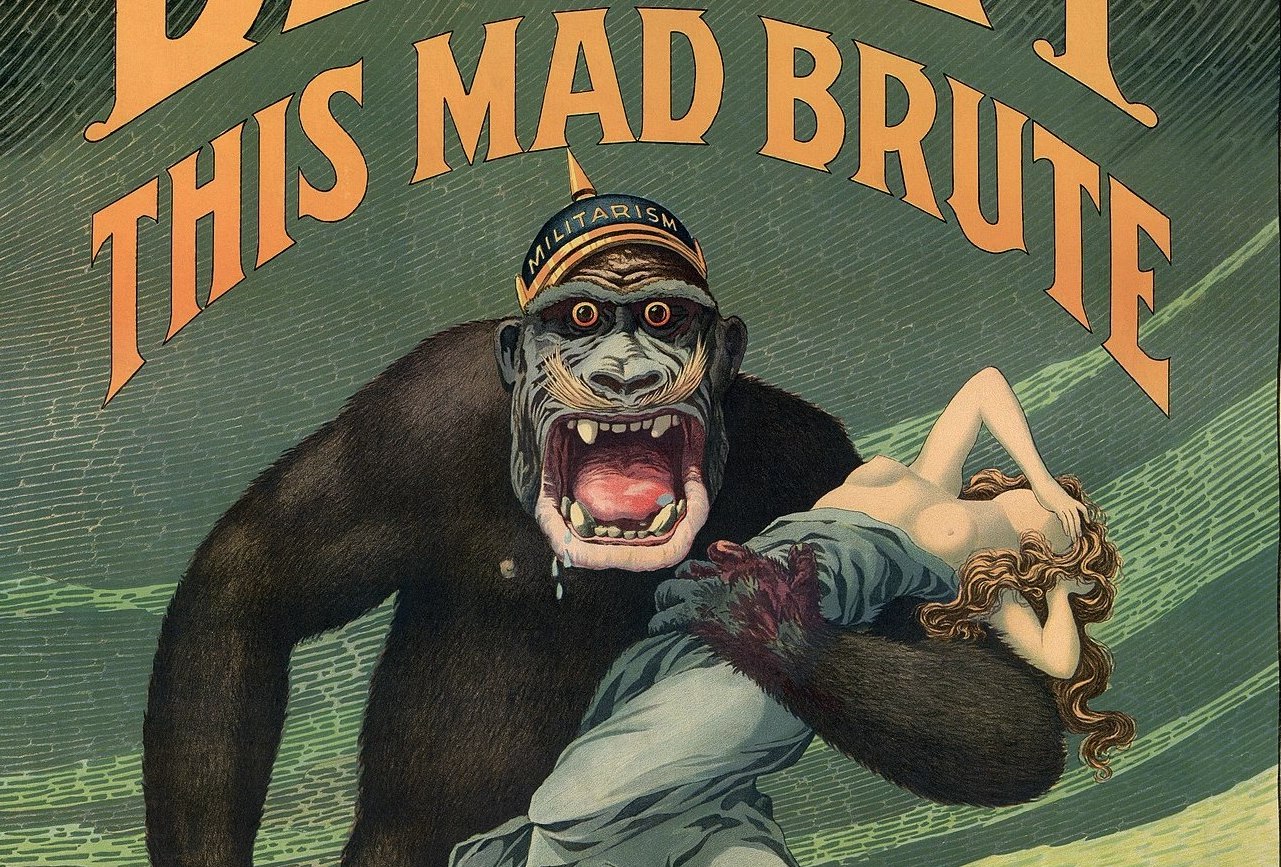The Green Revolution, a historical event roughly occurring between the 1950s and the late 1960s, significantly transformed agricultural regimes in several countries of the Global South – most notably Mexico, India, and the Philippines. Through the help of agricultural innovations pioneered by American foundations, these countries experienced a dramatic production shift in traditional local crops, such as rice and maize, pushing their yields well beyond subsistence level and becoming global producers. Just as importantly, these epistemic transformations also led to socio-environmental changes, whose effects are still tangible today. These events were part of a worldwide trend that environmental historians John McNeill and Peter Engelke have defined as the Great Acceleration – the world's unprecedented socioeconomic and environmental global transformation since post-World War II. This course aims to retrace the historical trajectory of the Green Revolution, expanding its reach to countries that conventional historical narratives have often overlooked. Whereas countries such as Mexico, India and the Philippines have been extensively documented, through the help of American foundations, other nations such as Brazil and Indonesia also pioneered different agricultural innovations that reshaped their national nutrition regimes and affected their ecologies. This course is divided into two main modules. First, after introducing the mainstream concept of the Green Revolution and analyzing its most conventional cases, it will drift towards less known terrains, utilizing a recent corpus of historical production and a relatively unexplored array of primary sources.
- Teacher: Claudio De Majo
- Teacher: Andreas Etges
Grundkurs II covers American social, political, and cultural history from the 1870s to the present. The historical background knowledge provided by class serves as the foundation for the entire American Cultural History program. The lectures will expand, enlarge and comment on the information found in the textbook. For each session about one chapter of the textbook must be read and prepared. There will be a final examination.
Textbook: Mary Beth Norton et al. A People and a Nation: A History of the United States. 9th edition. Boston: Houghton Mifflin, 2012 (or more recent editions)- Teacher: Andreas Etges
More than fifty years ago Eugene Burdick and William J. Lederer criticized and ridiculed the blunders American foreign service officers, newspapermen, and others were committing abroad in their bestseller "The Ugly American." The frequently bad image of the United States in other parts of the world has been a constant worry for most administrations. Trying to define and discuss "public diplomacy," the seminar will – among other things – take a closer look at the training and recruitment of foreign service officers, at attempts to improve the American image abroad, e.g. through cultural and exchange programs, and at criticism both from inside and outside the US.
- Teacher: Andreas Etges
- Teacher: Andreas Etges
For much of its history, the United States focused on internal developments and expansion on the North American continent. That began to change in major ways around 1900 when the US became one of the big powers. It played a major role ending World War I, but then in many ways turned inward again. With and after World War II, the United States became the leading international power, politically, militarily, economically and ideologically. And to some degree, Henry Luce's vision of an "American Century" became true. After the end of the Cold War the United States seemed to be the only remaining superpower. In 1999, French foreign minister Hubert Védrine even spoke of a "hyperpower." Today, America's global hegemony seems to be coming to an end. This seminar will cover American foreign relations since around 1900: the main debates, ideas, and ideologies, developments, events and crises. Major emphasis will be put on working with primary documents.
- Teacher: Andreas Etges
The seminar will focus on Kennedy's political biography, especially his "thousand days" in office, as well as on popular culture and the Kennedy myth. Kennedy's presidency was dominated by Cold War issues and international crises (Cuba, Berlin, Vietnam). But the years from 1961-63 were also a time of major domestic events and change (Civil Rights, Peace Corps, Space).
- Teacher: Andreas Etges
- Teacher: Andreas Etges
Die Proteste nach dem Tod des Amerikaners George Floyd durch Polizeigewalt im Mai 2020 haben die Bedeutung, die Anliegen und die Rezeption von progressiven Bewegungen vor Augen geführt. Im Seminar wird anhand von Spielfilmen aus dem 20. Jahrhundert die künstlerische Auseinandersetzung mit zahlreichen movements diskutiert: von Kommunisten, der Frauenbewegung, Anti-Aids-Kampagnen, Afro-Amerikanischen, Indianischen und Chicano- Bürgerrechtsbewegungen, den Demonstrationen im New Deal (1933-42) und den Auswirkungen der Mexikanischen Revolution auf die USA.
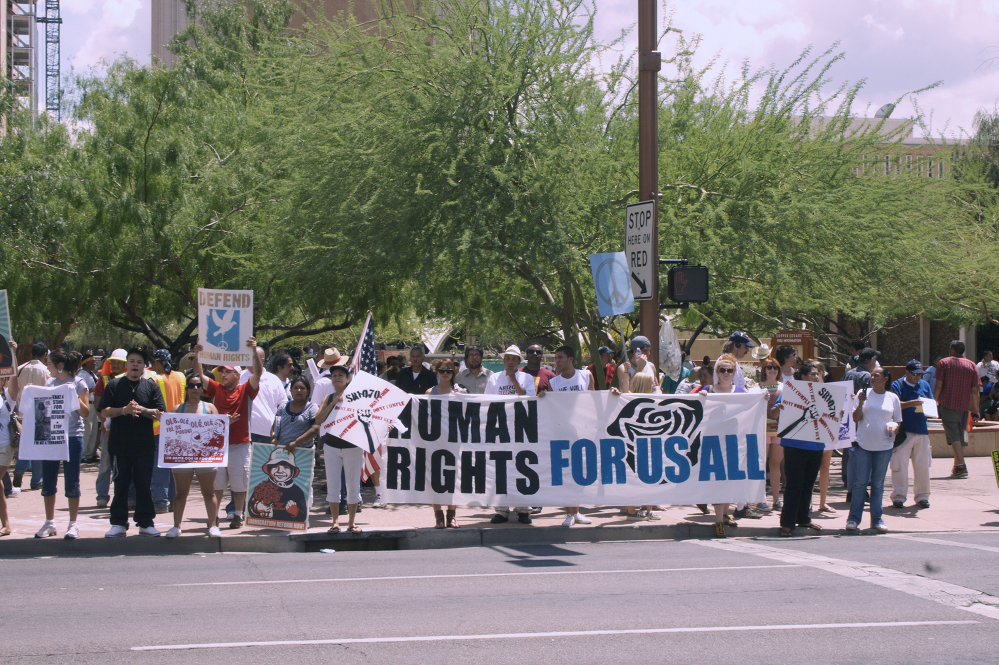
- Teacher: Michael Hochgeschwender
- Teacher: Ursula Prutsch
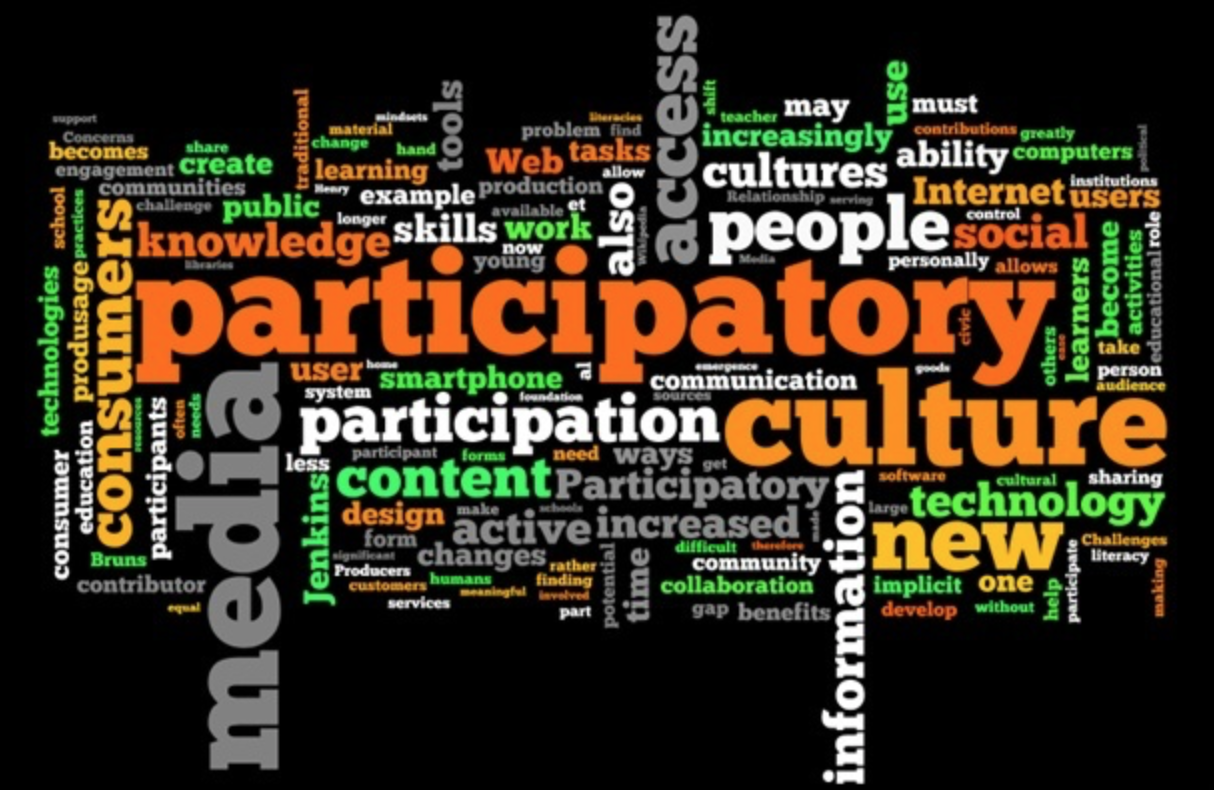
- Teacher: Charlotte Lerg
- Teacher: Pierre-Héli Monot
Digitisation has changed teaching, learning and research in the humanities. What does this mean on a daily basis and how does it affect academic practice in the long run? This class aims to do two things: Firstly, it will showcase the different challenges and opportunities of digital humanities, with a special emphasis on American History, and open discussions about perspectives. Secondly, it will offer a practical introduction to using online resources effectively; from discovering material to using digital platforms for the presentation and exchange of ideas.

- Teacher: Charlotte Lerg
The perennial question “What if…?” can be the start of an interesting thought experiment, a creative work of fiction or a detailed exploration of historical contingencies. But counterfactual historical narratives are not without dangers, as writing history is always a political act. We will explore the different phenomena of counterfactual history as part of the way US Americans make sense of their past(s) and we will think about the practical and philosophical implication of asking “What If…?”.

- Teacher: Charlotte Lerg
The 20th century is often considered the century of the image, but what does that mean and how can we understand the past through pictures? The lecture will explore US-American history on the basis of a large variety of visual material, probing the challenges of historical images and analysing the particular perspectives visual culture can offer us as we explore the past.
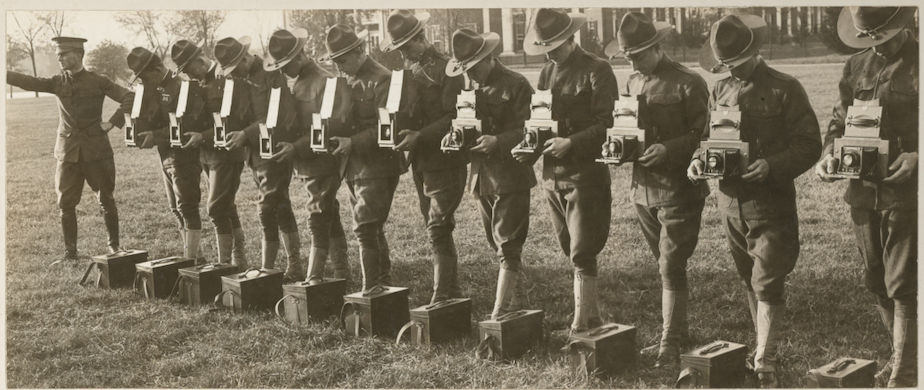
- Teacher: Charlotte Lerg
From the Broadway stage to the Capitol Insurrection, from Netflix to the tearing down of monuments, from gun-laws and militias to tourist kitsch and children’s toys: This class will take the example of the American Revolution to explore the many different ways in which history is part of the national discourse and U.S. culture in the present. We see the past venerated and celebrated, but also deeply politicized.
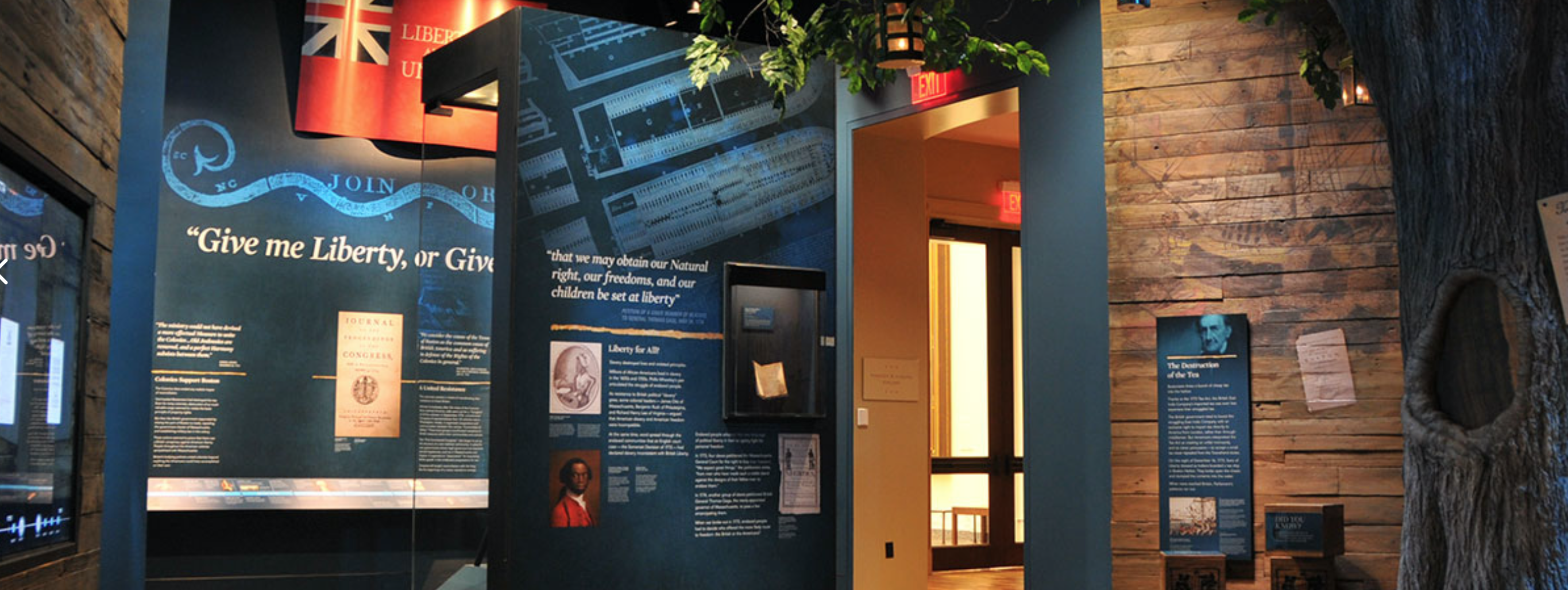
- Teacher: Charlotte Lerg
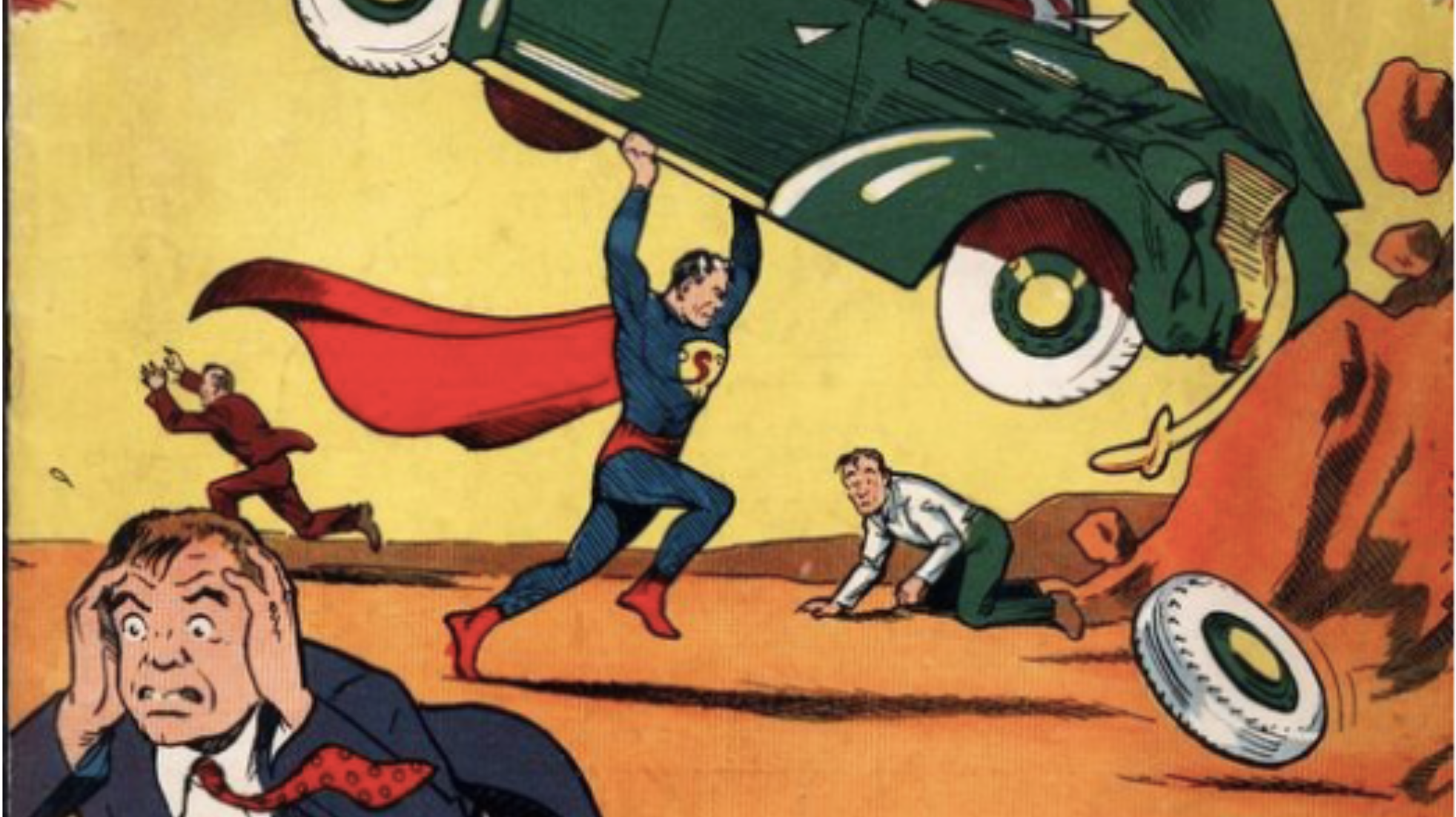
- Teacher: Charlotte Lerg
Universities and colleges are among the oldest institutions in US-American society. They thus partake in the structural and systemic racism that is still a defining element of that society. Recently, there have been efforts to address the historical dimension of this issue in higher education, as well as a strive towards devising strategies of reform and best practice for the present. We will take a look at both these aspects and their connections. This class is part of a BAA Verbundsseminar (together with the Universities of Erlangen and Passau). It will conclude in a joint student conference at Munich Amerikahaus (July 23/24, 2021), with the opportunity for participants to present their work.
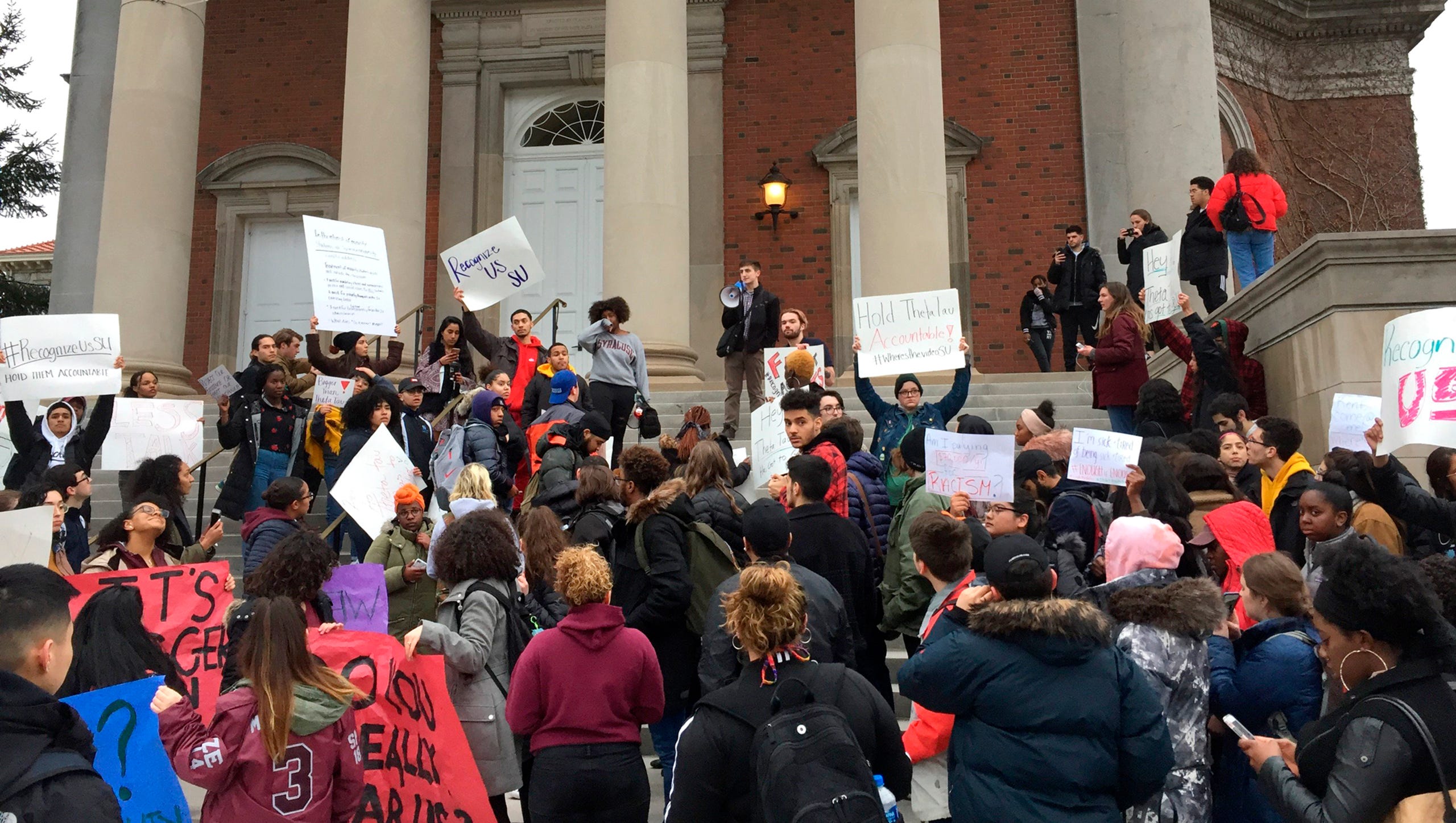
- Teacher: Charlotte Lerg
The 1940 and 1950s were a pivotal moment in transatlantic relations. It is often cast as the time when the global power-shift from Europe to the US was complete and a new transatlantic world emerged; one that recently many see coming to an end. The seminar will consider these early decades aiming to understand the ideas, culture and political logic that shaped them. On this basis we will think about traditions and narratives that have formed since and see how they feature in today's understanding and memory of the transatlantic post war moment.
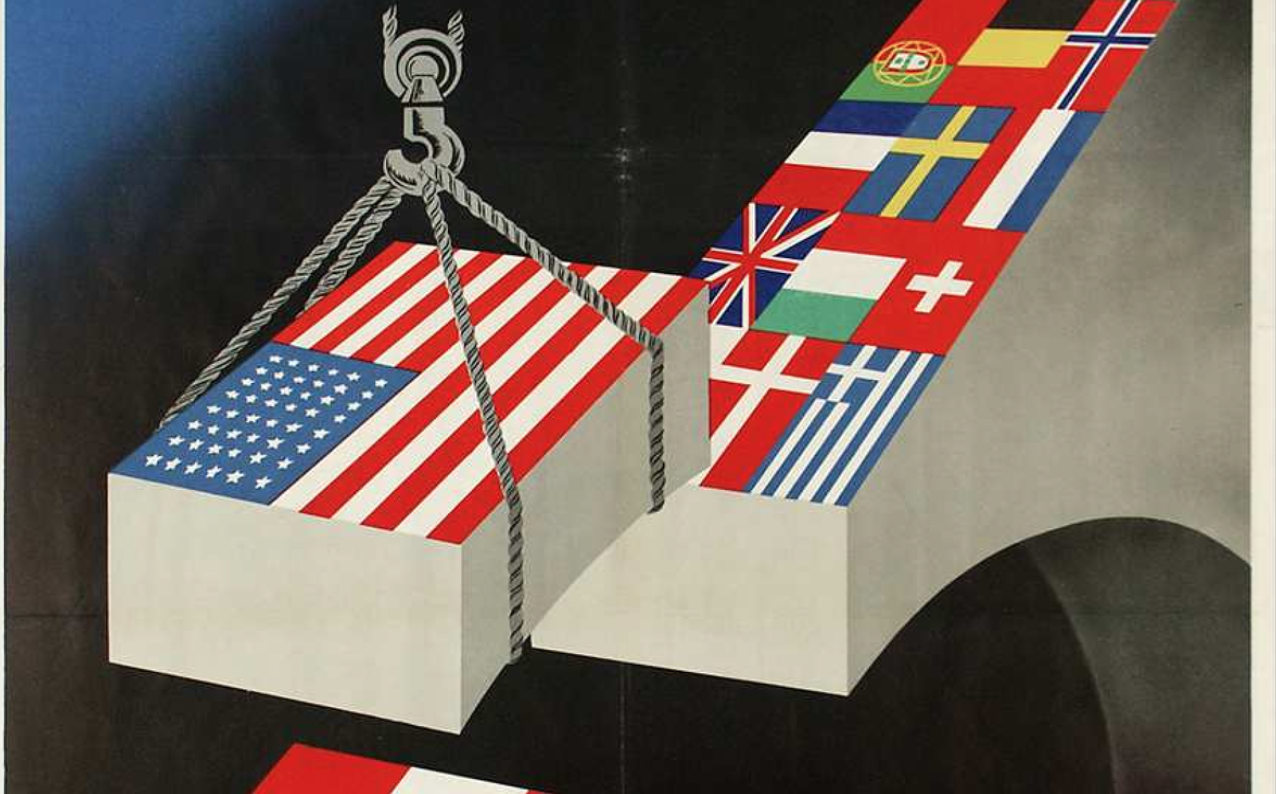
- Teacher: Charlotte Lerg

- Teacher: Charlotte Lerg
Documentary film is on the rise again with many new high-profile production available on streaming services. The seminar will explore the history and tradition of documentary film in the Americas (USA, Canada, and Latin America). We will interrogate the format itself and analyse individual examples, regarding methods, content, and socio-political positioning.
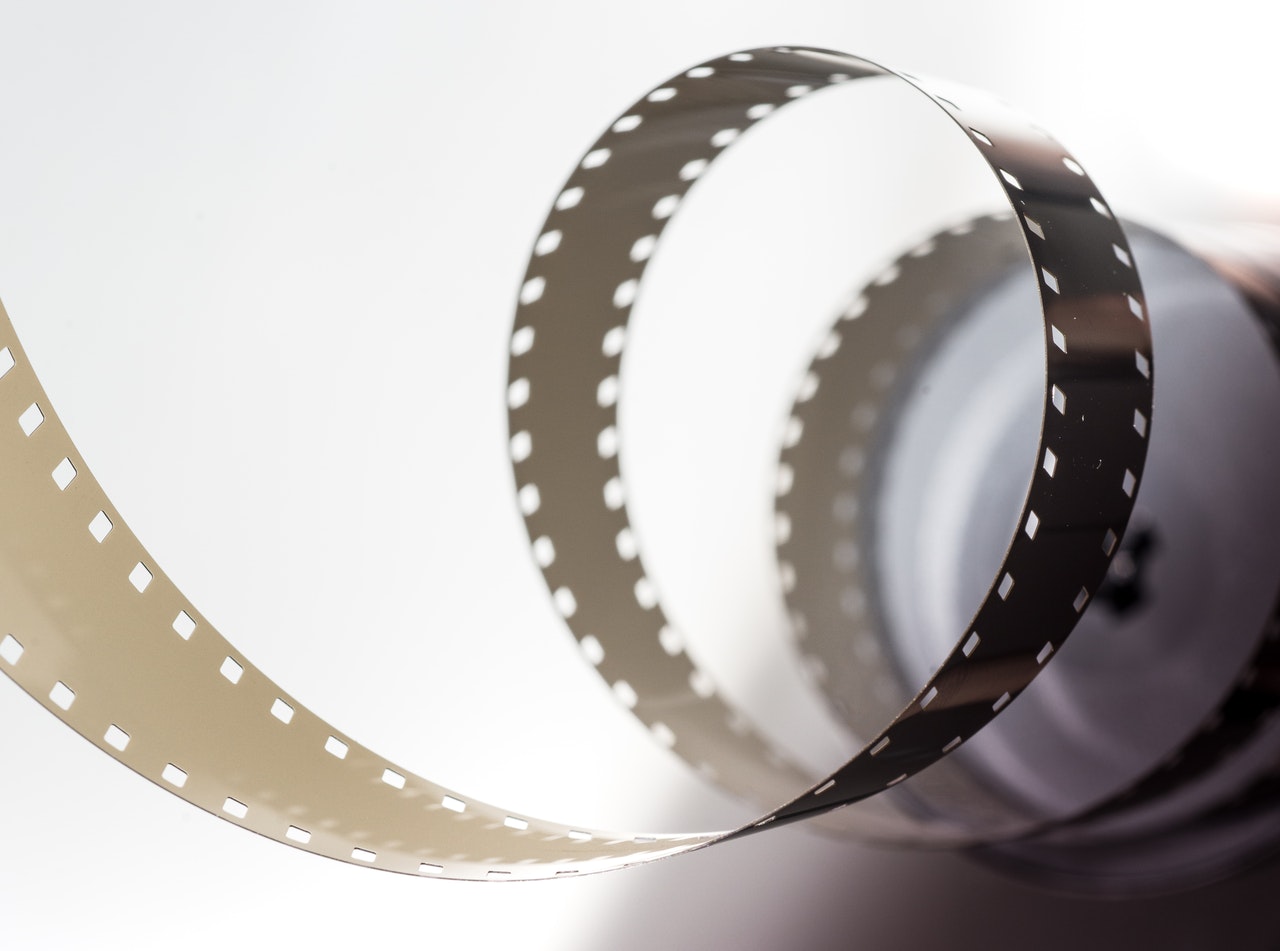
- Teacher: Charlotte Lerg
- Teacher: Ursula Prutsch
Universities and the academic world played a key role in waging World War Two and the Cold War. This went far beyond the research in natural sciences and technology. In so called ‘enemy studies’, historians, sociologists, literary scholars and economists, sought to study the other side, sometimes working closely together with secret services. Our seminar will discuss their role and development, as well as the strategies behind these programs. Who was chosen? What was studied? How was information gained and knowledge implemented?

- Teacher: Charlotte Lerg
- Teacher: Ursula Prutsch
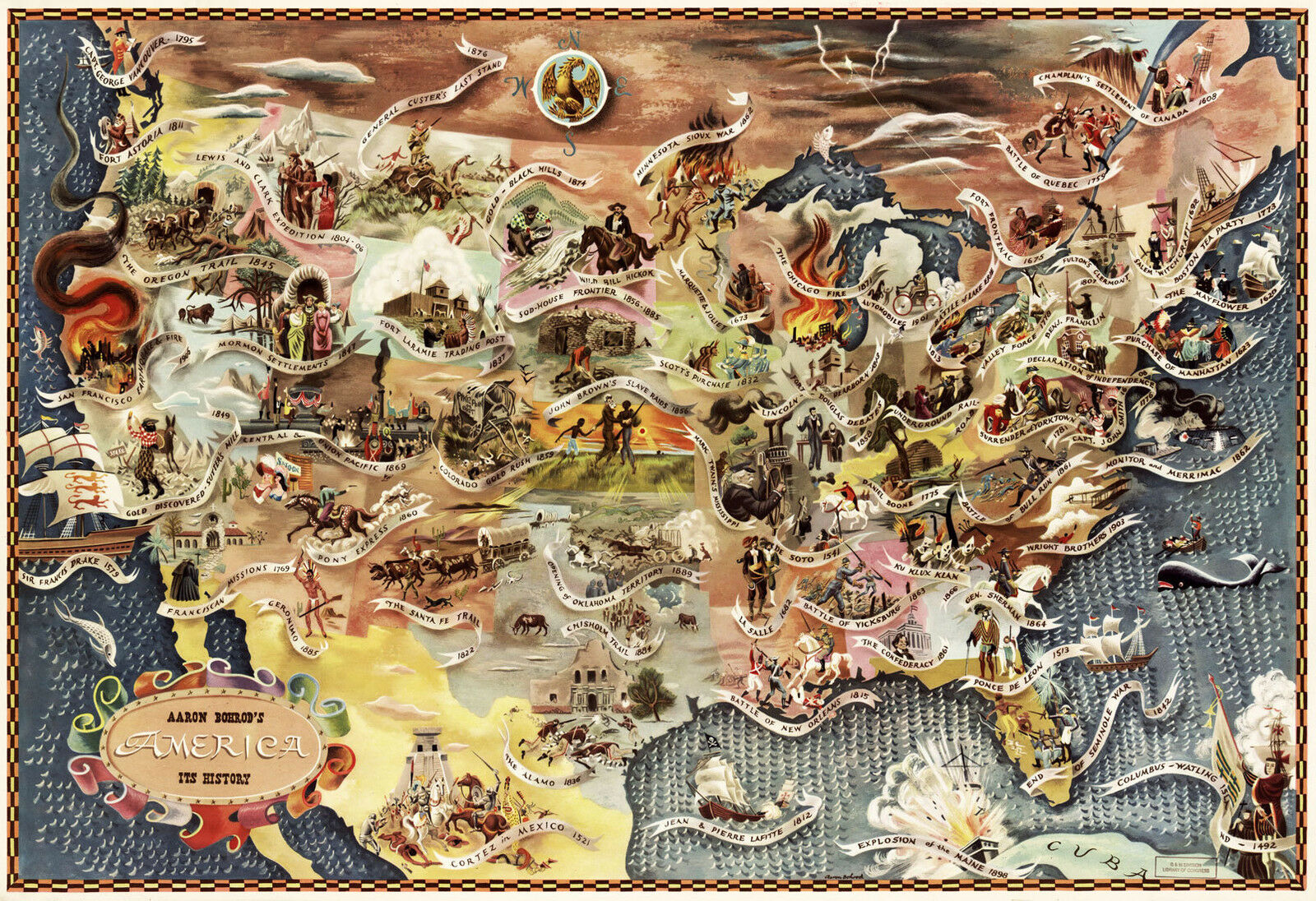
- Teacher: Charlotte Lerg
- Teacher: Ursula Prutsch
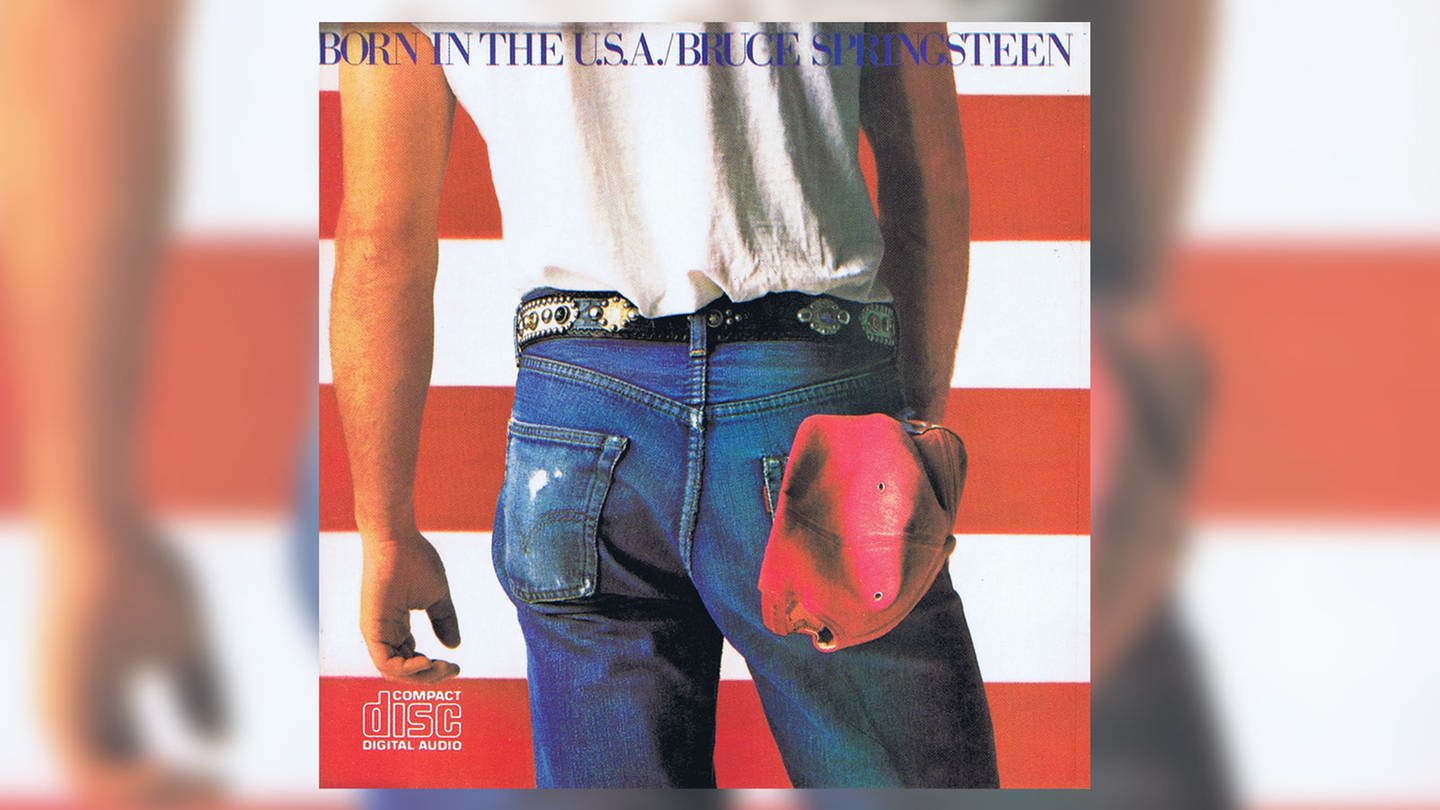
- Teacher: Charlotte Lerg
- Teacher: Lara Rößig
This lecture course explores the importance of mobility in American history. According to the “new mobilities paradigm” (John Urry/Mimi Sheller), mobility is understood broadly to encompass not only the transportation of goods and people but also the experience of movement, its various entanglements with categories such as class, gender, race, disability, ethnicity, age, etc., and the history of marginalized forms of mobility like walking or cycling. We will trace the experience of ardent pedestrians like Henry David Thoreau and John Muir, analyze the impact of transport revolutions (steamboat, railroad), follow the rise to dominance of automobility in the 20th century and its corresponding car culture, look at infrastructural devices as the Erie Canal and the national highway system, analyze "non-places" such as airports, highlight the importance of collisions (both in a literal and in a metaphorical sense), and focus on the impact of the current pandemic on various forms of movements.
- Teacher: Uwe Lübken
This class looks at human-animal relations in American history. Animals have played important, yet often overlooked roles in the history of the United States. They were a crucial source of power and energy way into the twentieth century, they were humans’ companions, beloved pets, and, of course, an important food source. Animals inspired awe and fear, were disease agents and were (ab)used for representational and commercial purposes. Quite a few species have become extinct. We will discuss a wide array of case studies ranging from buffaloes on the Great Plains to salmon in the Pacific West, from the boll weevil’s disastrous work in the Southern cotton plantations to Martha, the last passenger pigeon, from “celebrity animals” like Fala, FDR’s dog, to insects and microbes. The two guiding questions of this seminar are: how clearly defined are the boundaries between human and non-human animals, and do animals have agency.
- Teacher: Uwe Lübken
- Teacher: Uwe Lübken
In recent years, theories and methods have gained ground that look at the intersection of nature, culture and society from a by and large materialistic perspective – examples range from neurohistory to Big and Deep History, from the analysis of material flows and enviro-technical regimes to climate history. While there are significant differences between these approaches, their common denominator is the conviction that „matter matters“. In this course, we will discuss and test a variety of different theoretical and conceptual approaches by applying them to distinct case studies of the American past.
- Teacher: Uwe Lübken
The history of the environmental movement in the United States is characterized by ambivalence. Americans were the first to create (now famous) national parks like Yellowstone and Yosemite, yet their functioning depended upon the exclusion of Native Americans. The conservationists of the late nineteenth century laid the groundwork for the modern environmental movement, but it was borne mostly out of economic necessities. In the 1960s, a more diverse movement began to form, but it was predominantly white.
This class will trace the history of the American environmental movement by focusing on key figures such as John Muir and Rachel Carson, by highlighting the impact of disasters such as the infamous “burning river” in Cleveland, the toxic waste crisis in Love Canal, and the Santa Barbara oil spill, and by looking at key moments in the history of this movement like the first Earth Day in April 1970 that brought approx. 20 million Americans to the streets.
Literature:
Ted Steinberg, Down to Earth: Nature's Role in American History. Oxford, New York, 2002; Finis Dunaway, Natural Visions: The Power of Images in American Environmental Reform. Chicago: University of Chicago Press 2005; Keith Makoto Woodhouse, The Ecocentrists: A History of Radical Environmentalism. New York: Columbia University Press, 2018; Paul S. Sutter, Driven Wild: How the Fight Against Automobiles Launched the Modern Wilderness Movement, University of Washington Press, 2002; Michael Lewis (ed.), American Wilderness: A New History. New York: Oxford University Press 2007.
- Teacher: Uwe Lübken
Im Sommer 2019 drangen Nachrichten und Bilder über unbeschreibliche Zustände in US-amerikanischen Internierungslagern nahe der Grenze zu Mexiko auch in deutsche Medien. Dass die USA nicht nur nach 9/11, sondern schon im Ersten und Zweiten Weltkrieg „feindliche Ausländer“ und „suspekte Einheimische“ jahrelang in Lagern festhielt, unter welchen Bedingungen und mit welchen (juridischen) Begründungen dies geschah, soll anhand unterschiedlicher Primärquellen analysiert werden.
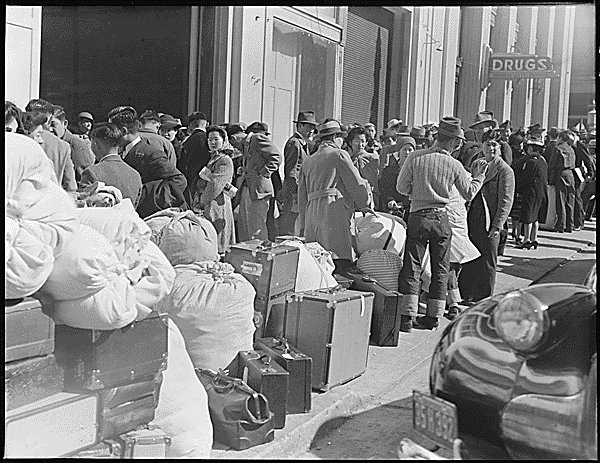
- Teacher: Ursula Prutsch
Donald Trump hat mit dem Mauerbau an der mexikanischen Grenze und strikten, exklusiven Migrationsvorschriften das Selbstverständnis der USA als Einwanderungs- und Asylland verändert. Die Lehrveranstaltung möchte anhand ausgewählter Beispiele und Gruppen (Iren, Italiener, Deutsche, Japaner, Chinesen, Mexikaner und Zentralamerikaner, Untertanen Österreich-Ungarns und Syrern, sowie jüdischer Flüchtlinge Immigrationspolitiken diskutieren, aber auch „abgesicherte“ Darstellungen zur Migration hinterfragen.
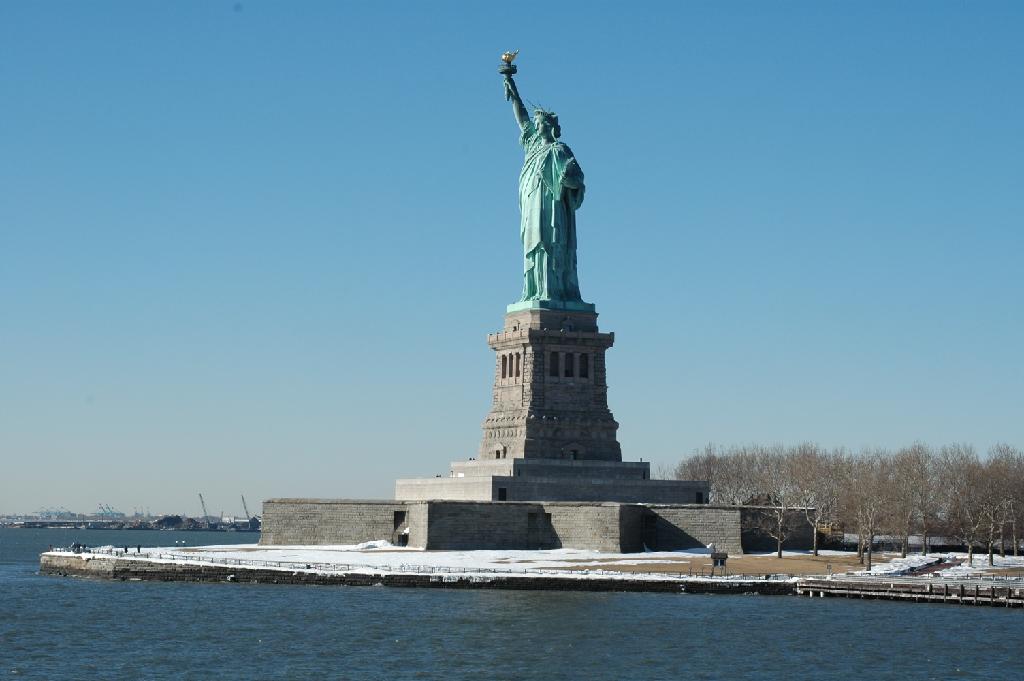
- Teacher: Ursula Prutsch

